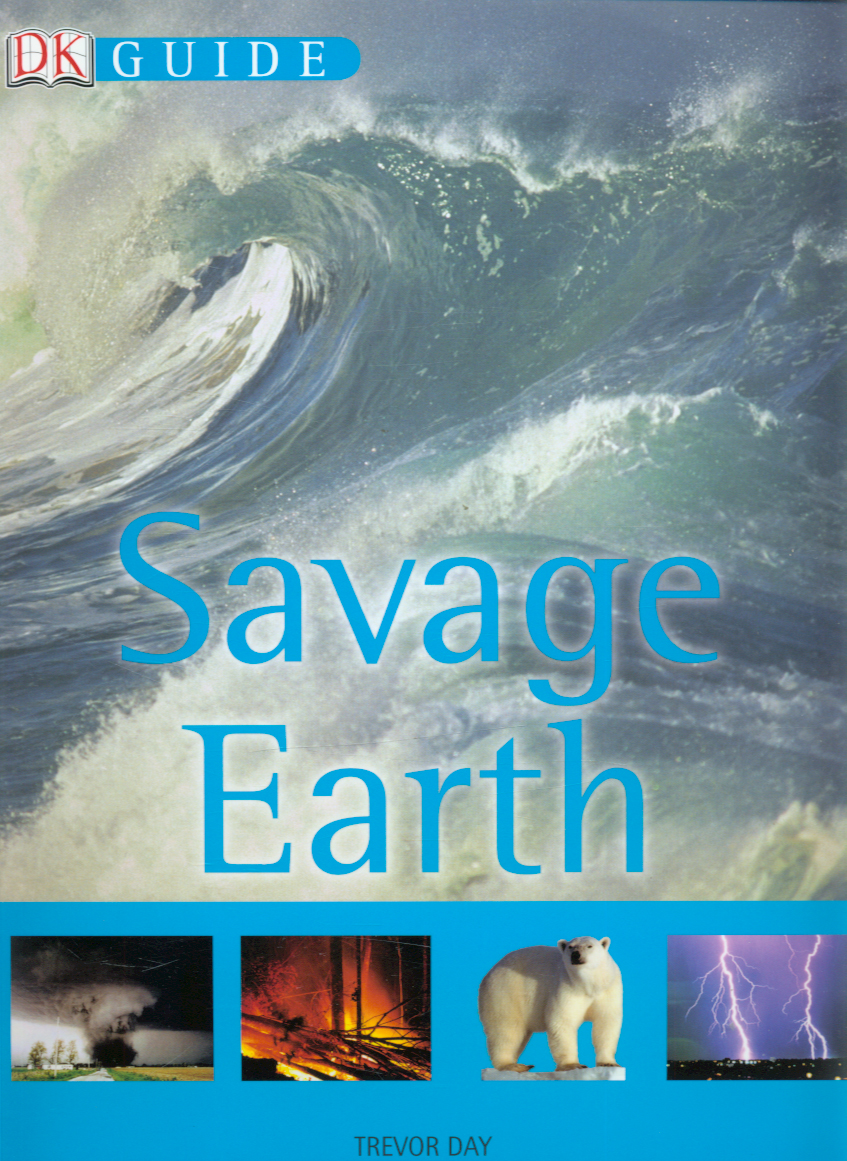Resources
Saturn V rocket lift-off (showing staging)
This clip, from Footagevault, could be used for teaching key stage three and four content on energy, electricity and forces, or chemical and material behaviour. The film clip dramatically shows Newton's Third Law of Motion in action, "to every action there is always an equal and opposite reaction...". The footage...

From desolate deserts to cavernous caves, discover all about our planet's structures and the earth-shattering processes that shape it. Packed with unusual views of the Earth and its features, this is a comprehensive...
Save a Baby Kangaroo
In this activity students take on the role of an adult in the Australian Outback who whilst out horse riding finds a female kangaroo that has just been killed on the road by a passing truck. Her joey is still alive in her pouch. Through video clips, photographs and data, students become familiar with a range of...
Save Earth
This Save Earth resource presents a critical path analysis problem. It is designed to be used as an additional resource and fun example when teaching critical path analysis. Students are required to interpret and communicate solutions in the context of the original problem, understand, interpret and extract...
Save lives as an engineer
Find out how engineers who work in disaster response save lives on a massive scale. This Tomorrow’s Engineers poster and accompanying teacher booklet, activities and a lesson plan will help students to understand the scale and impact of disaster response engineering.
Many types of engineering are employed in...
Save Our Bees
Aimed at primary level, this activity pack contains nine activities about bees. The activities link to the curriculum areas of identifying plants and animals, pollination, lifecycles, food chains and habitats. They include: identifying bees and bee pollinated plants, the factors which affect growth and decline in...
Save our conkers
This is an activity where students investigate the organisms found in horse chestnut leaves infected by leaf miner moths. The students then record their observations before being given identification guidance and further background information to consider.
Save our home!
What is the common link between chocolate biscuits and orangutans? In this activity aimed at ages 8-9, children learn about rainforests, their location, structure and some of the animals and plants that live in them. They look at rainforests in Sumatra and how deforestation has occurred in order to grow oil palm...
Save the World with STEM
How can STEM help us survive and thrive? From thinking about how diseases are spread or contained, to building a better skyscraper that can withstand earthquakes, this programme of activities explores both the practical and the hypothetical. Students are asked to explore the big question: Can we save the world with...
Contents of box: a game boards, 24 number cards, 20 fish, 10 fish eggs, one testing board, 4 sea boards and teachers' notes. The Gather Round Number Games are designed to be played by two to four children, with an adult supervising initially. They are aimed at children in Years 1 and 2 but will also help older...
